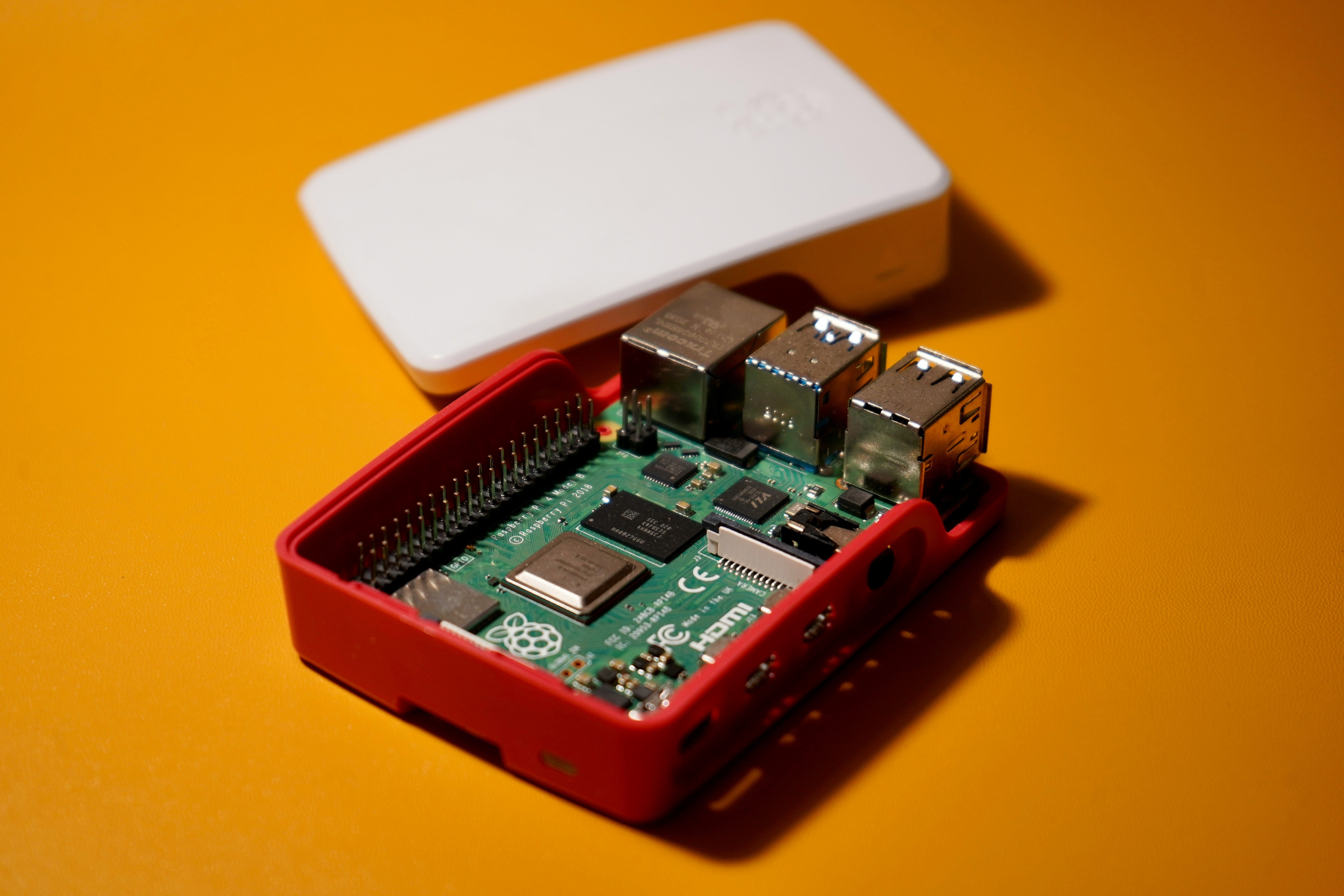Unveiling the Surge of Edge Computing in the Modern Tech Landscape
Edge computing is rapidly changing the way we process data. By bringing computation and data storage closer to the source of information, this technology is revolutionizing industries and redefining our digital experience. It's time to examine the journey of edge computing, its current trends, and its potential impact on the global tech market.

The Genesis of Edge Computing
Edge computing didn’t spring up overnight. It’s an evolutionary response to the challenges posed by cloud computing and the Internet of Things (IoT). The idea was born out of the need to reduce latency, manage network bandwidth, and address privacy and security concerns. The earliest forms of edge computing were seen in Content Delivery Networks (CDNs) in the late 90s, designed to deliver content closer to the end-user. Now, edge computing has expanded to encompass a broader range of applications and industries.
The Current Scenario: Edge Computing Today
Today, edge computing is vital in managing the massive data influx from IoT devices. By processing data at the edge of the network, closer to the source, it reduces reliance on the cloud, and minimizes transmission costs and latency. This has been particularly beneficial for industries like manufacturing, healthcare, and retail, enabling real-time analytics and decision making.
Market Impact and Price Estimation
The global edge computing market size was valued at USD 3.5 billion in 2019 and is projected to reach USD 15.7 billion by 2025, growing at a Compound Annual Growth Rate (CAGR) of 34.1% during the forecast period. The surge in IoT devices, coupled with the need for lower latency and decentralized processing, is driving this growth. Despite the initial implementation costs, businesses are recognizing the long-term benefits of edge computing in terms of operational efficiency and cost savings.
The Future of Edge Computing: What’s Next?
Edge computing is just getting started. As 5G networks roll out worldwide, the potential for edge computing is set to skyrocket. 5G’s low latency and high bandwidth capabilities will complement edge computing, enabling more efficient data processing and real-time analytics. Furthermore, edge computing is expected to play a significant role in autonomous vehicles, smart cities, and telemedicine, shaping the future of these industries.
The Edge of Tomorrow
As we stand on the brink of a new technological era, edge computing is poised to transform our digital experience. By decentralizing data processing and bringing it closer to the source, it’s creating a more efficient, responsive, and secure digital ecosystem. As with any emerging technology, challenges exist, but the potential rewards of edge computing make it a compelling prospect for the future. The rise of edge computing signifies yet another exciting chapter in our ongoing technological evolution.




